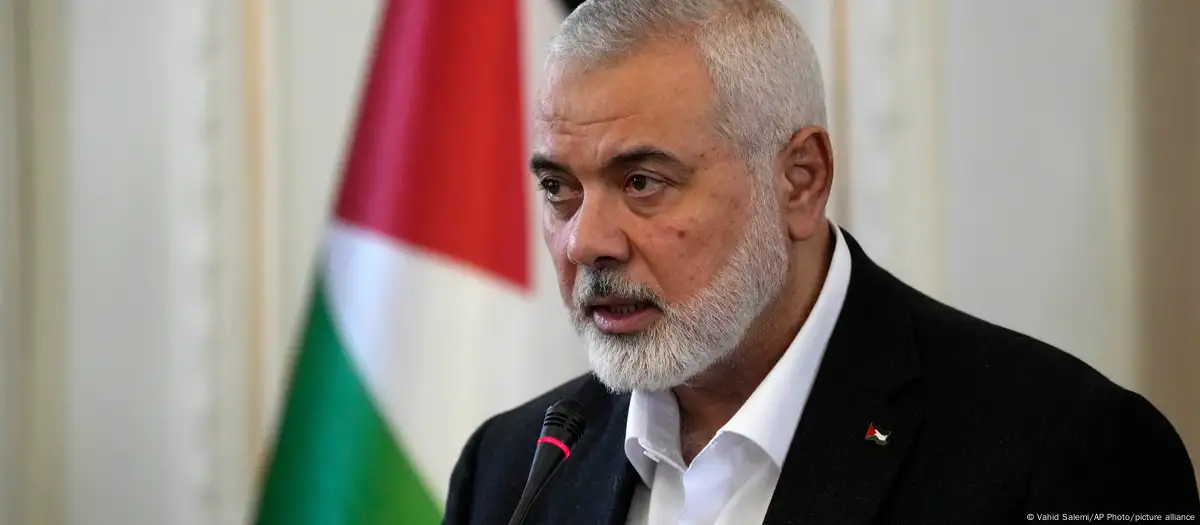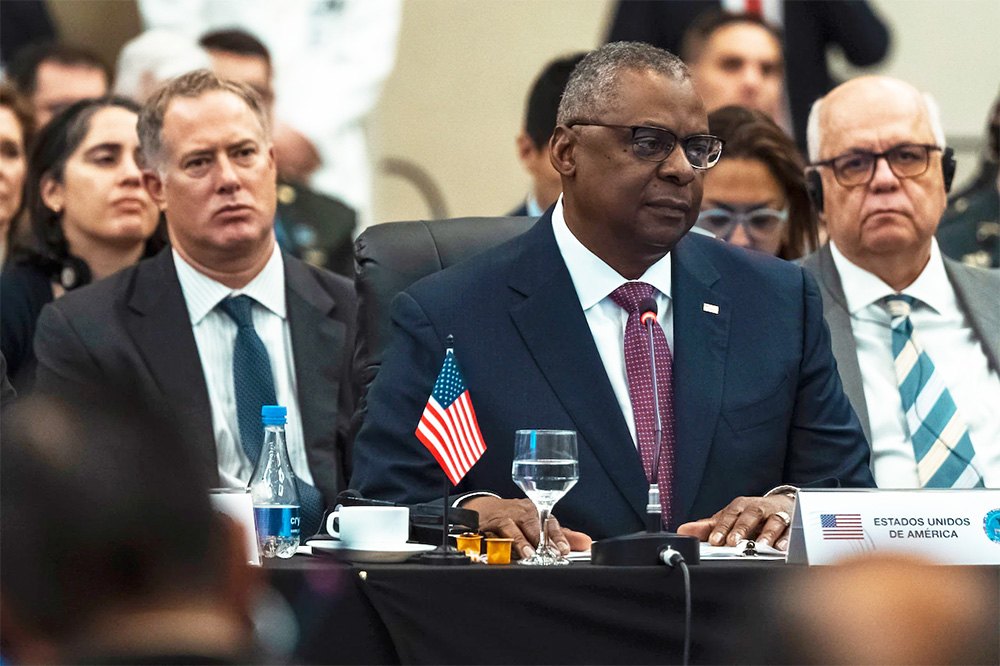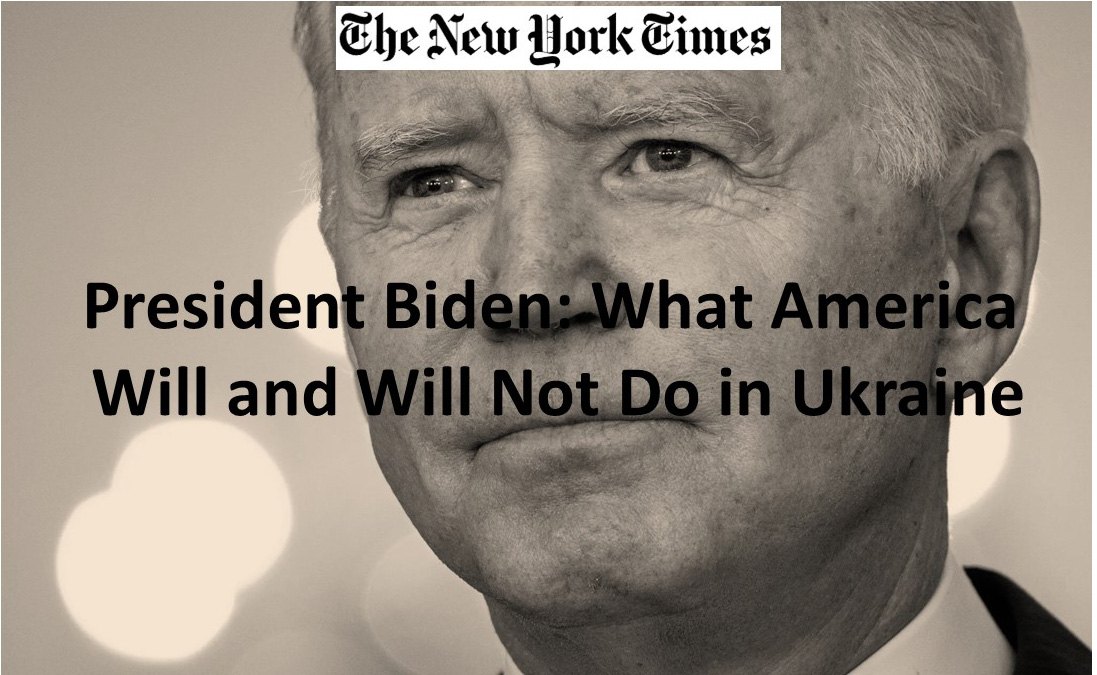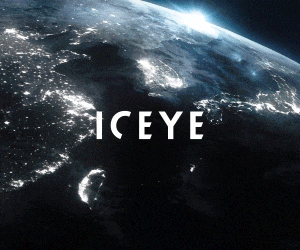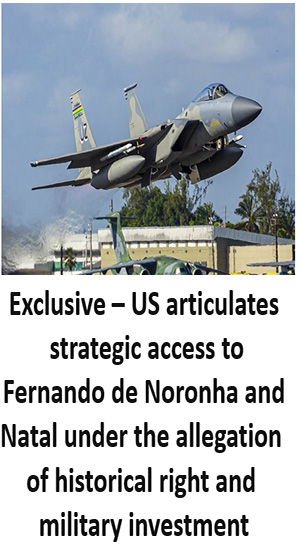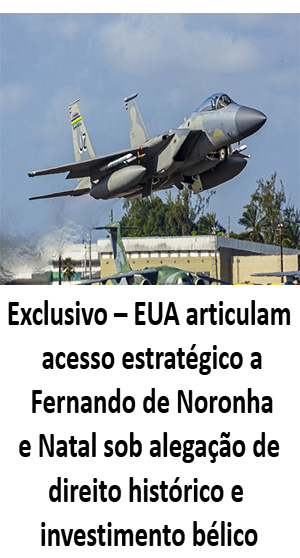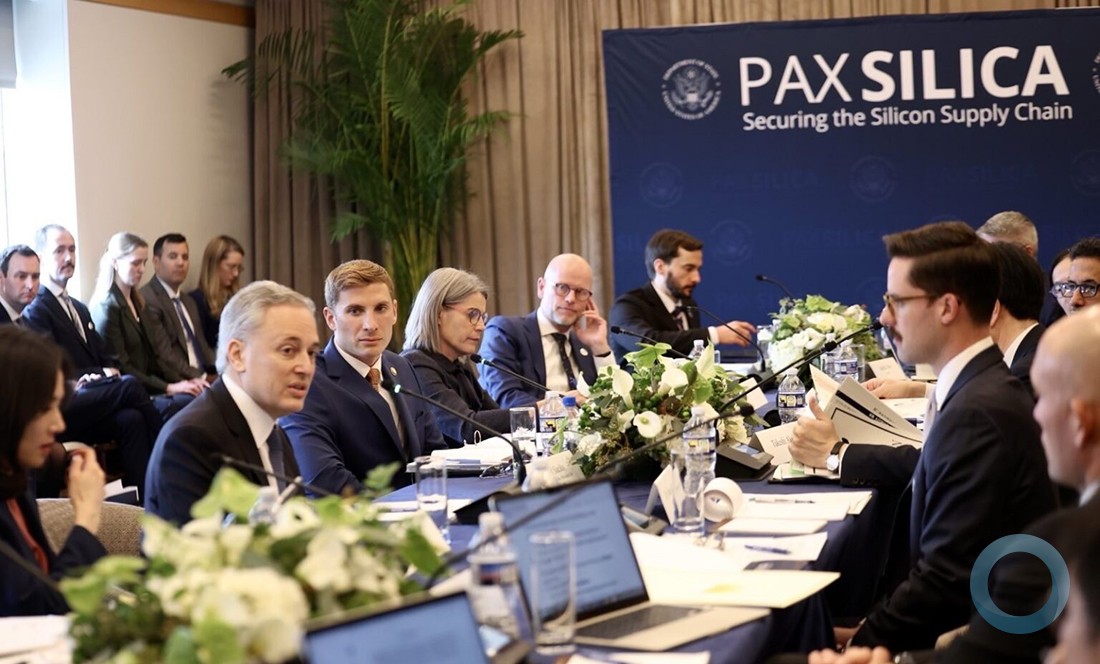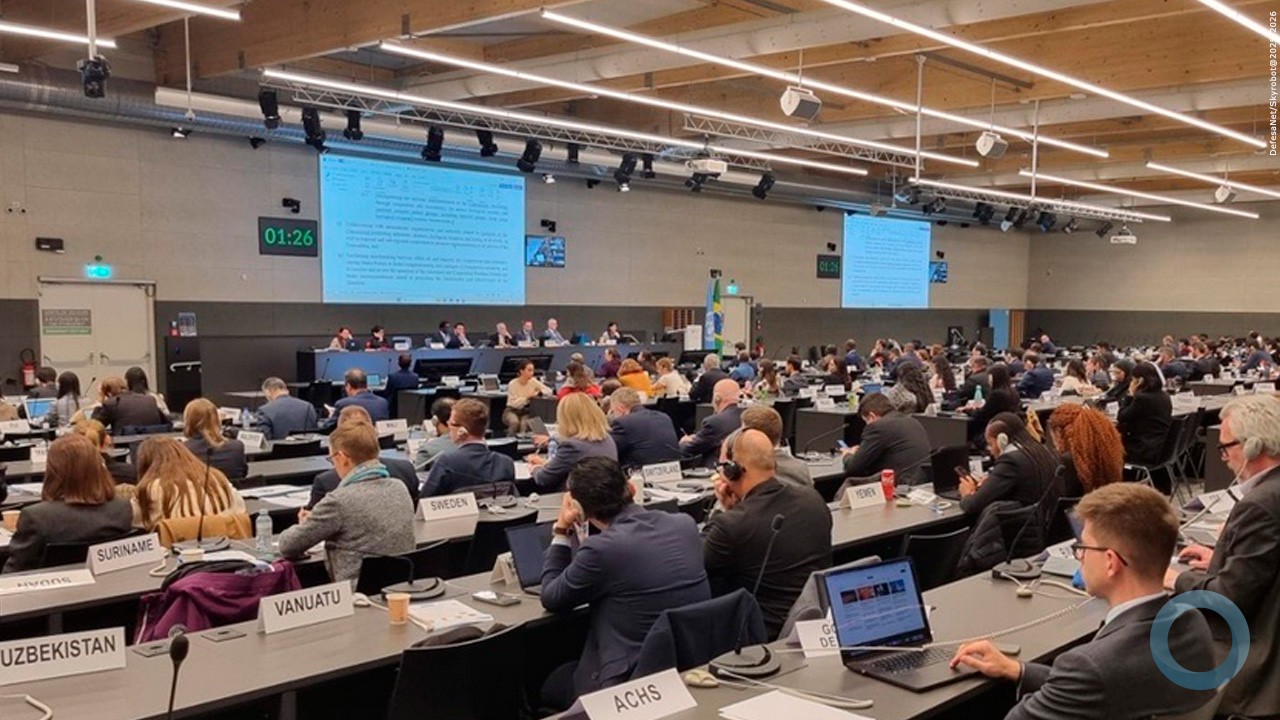By – Marcus Loh
Source – The Diplomat
Over the past week, talks about the Trans-Pacific Partnership (TPP) have dominated the headlines. Against a backdrop of Asia’s softening economies, exacerbated by rising cost pressures in China and waning domestic consumption across ASEAN, safe passage of U.S. President Barack Obama’s Trade Promotion Authority and Trade Adjustment Assistance through Congress is a welcome respite for the region.
Experts in international affairs have expressed concern at America’s absence from the Pacific at a time when rules are being rewritten, new institutions are being formed, as new norms are being created, in line with a new regional order. Former U.S. Secretary of State Henry Kissinger puts it succinctly: “Partnership cannot be achieved by proclamation. No agreement can guarantee a specific international status for the United States. If the United States comes to be perceived as a declining power – a matter of choice not destiny – China and other countries will succeed to much of the world leadership that America exercised for most of the period following World War Two, after an interlude of turmoil and upheaval.”
Why Exclude China?
The Sino-U.S. relationship is the most important relationship in the world today. The ramifications of how these two powerhouses partner with, or oppose each other, are far-reaching. Together, they have the potential to shape a new world order. Estranged, or worse still, conflicted, they have the means of dividing it up, and setting into opposition, two continental blocs that pose even deeper challenges than an ideologically conflicted world during the Cold War.
Given the benefits of how TPP could potentially add to the interdependency of these powerhouses, why has China been left out?
From America’s perspective, domestic pacification has always been a major challenge for any sitting Administration: the Vietnam War, the North Atlantic Free Trade Agreement (NAFTA), the imbroglio in Iraq, and now the TPP; last week’s resistance from Congress is case in point. Hoping to galvanize congressional representative from both sides of the isle, the administration has therefore framed the TPP as one of America’s strategic thrusts in its pivot to Asia, and one way to “contain” China.
From an ASEAN perspective, China’s shrinking labor force, and the widening wage gap, is piling on cost pressures for manufacturers to shift operations out of China. Some Hong Kong and Taiwanese manufacturers in Guangdong say that just by moving operations to Vietnam, they can reduce costs by up to 20 percent. Malaysia and Philippines are also increasingly popular for mixed manufacturing and electronics. A TPP that includes China might be seen as an erosion of these advantages for ASEAN states, which at this point, rely heavily on exports to consuming TPP members.
A World Divided?
But keeping China out of these arrangements has only perpetuated the formation of alternative, multilateral institutions such as the Asian Infrastructure Investment Bank (AIIB) and China’s ambitious westward infrastructure drive, the “One Belt, One Road” initiative. After all, why should the world’s second-largest economy (largest, by some calculations) be disadvantaged by the rules of a world order that did not involve it?
And so, in the true spirit of 4000 years of history, one during which it has sought to induce awe and respect not by conquest, but by osmosis, China is pivoting its influence across the globe, to safeguard a path to resurgence: investing in a multi-billion dollar European Infrastructure Fund for projects worth 1.3 trillion euro ($1.46 trillion), investing in Latin American projects amounting to $250 billion over the next decade, and pouring funds into Africa, just to name a few.
In other words, we are already seeing benign facets of friction coming to the fore, as these two global powers each strive to secure the allegiance of others, and set them in counterpoise against each other, to shape an international order that reflects their preferences.
Peace Through TPP
On the other hand, the TPP presents the U.S. with a chance to co-create an order with China, one that promises to bring about a more peaceful world. I see several benefits that could well arise from such an arrangement.
For example, there are more development opportunities than there are funds available to fully harness them. The Asian Development Bank reports that the region will require funding in excess of $8 trillion in the current decade for development needs. While this is a need that the AIIB – even with the wherewithal of wealthy China – would find hard to fill, the challenges would be a lot more surmountable with co-financing arrangements from other international banking institutions backed by the U.S. and its partners in East Asia. For instance, Tokyo, a major U.S. ally and the world’s third largest economy, harbors hopes of becoming a major center in this regard, a major platform for infrastructural finance.






